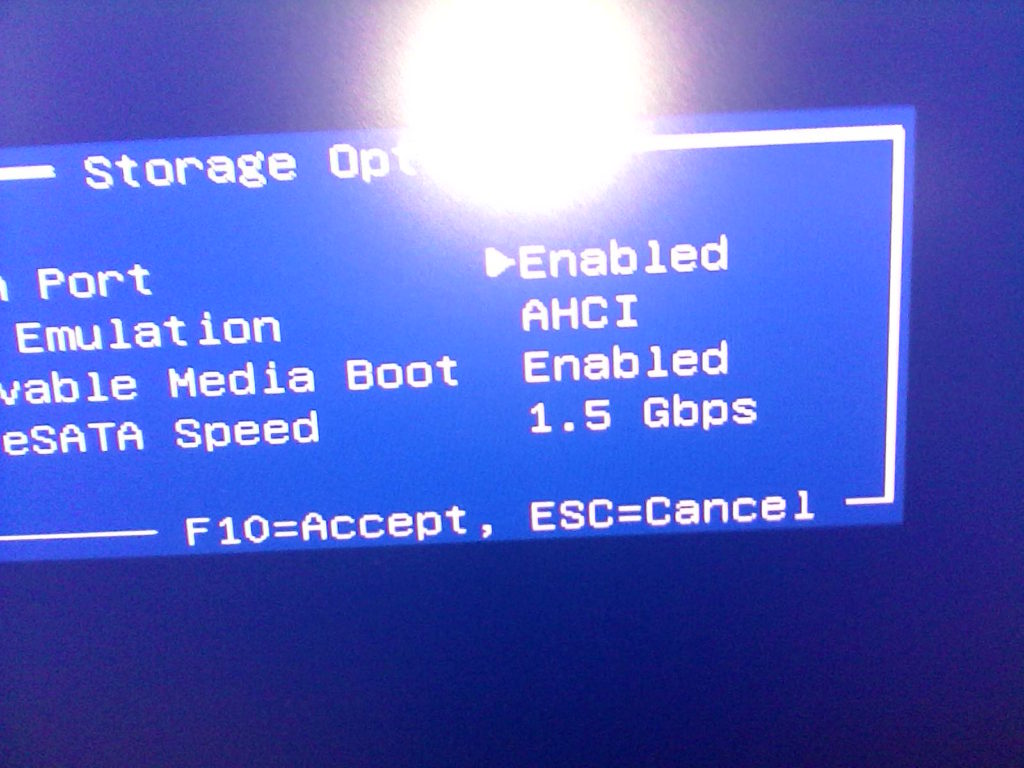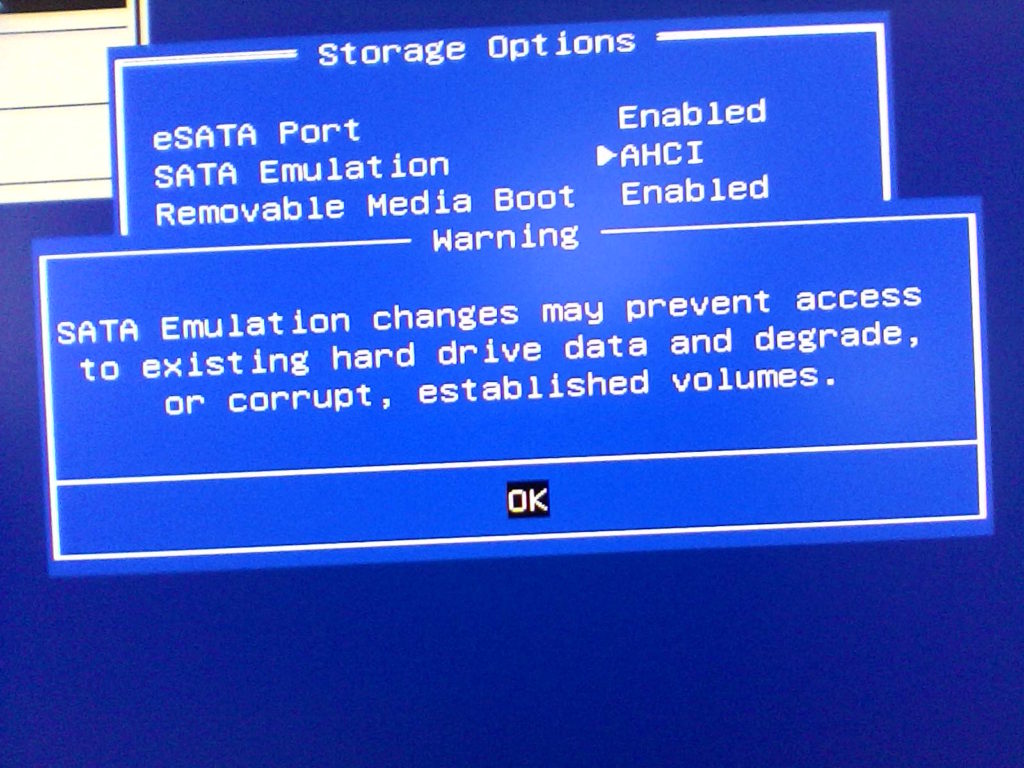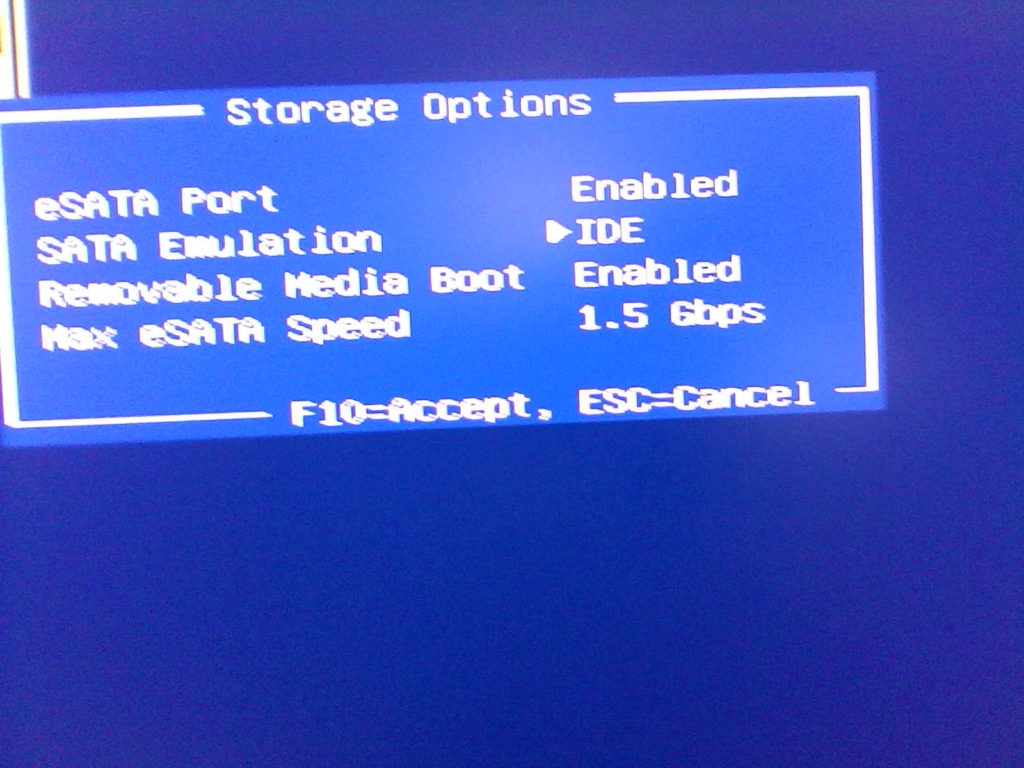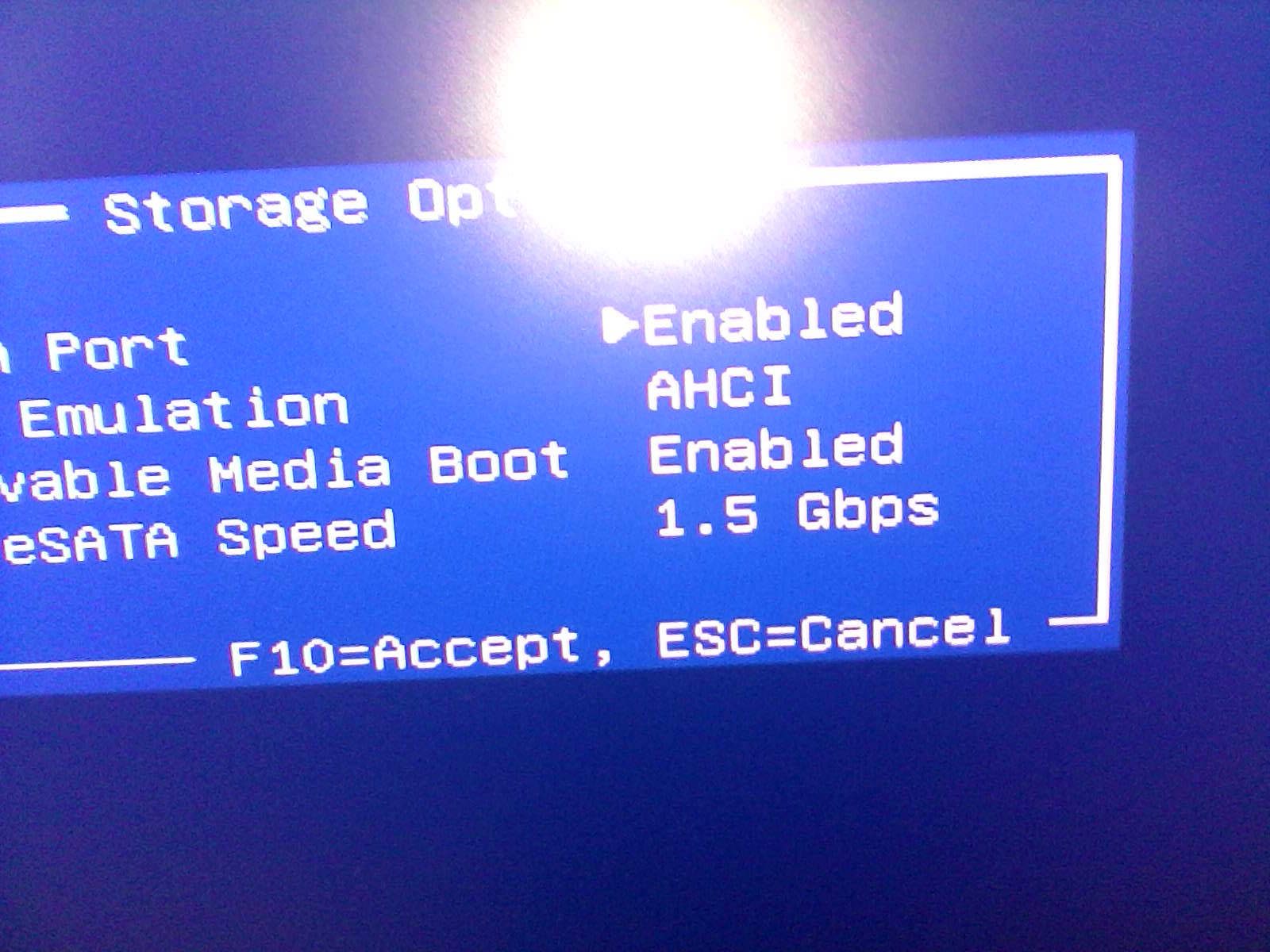 I have posted numerous times about the LS-120. Just search this blog for LS-120 if you wish to read about it. You can also search on interestingauthors.com/blog. I don’t care what people say about it, when I’m writing, it fits the way I work. At the end of the day I make a backup and it not only fits in my shirt pocket to take home, I can write on the label so I know what the disk is supposed to have. Try writing on a thumb drive.
I have posted numerous times about the LS-120. Just search this blog for LS-120 if you wish to read about it. You can also search on interestingauthors.com/blog. I don’t care what people say about it, when I’m writing, it fits the way I work. At the end of the day I make a backup and it not only fits in my shirt pocket to take home, I can write on the label so I know what the disk is supposed to have. Try writing on a thumb drive.
The musical machines in my office had my Elite 8100 small form factor I7 sitting on my desk. That was the machine I had to use with my last remote client and I just kept it there. Yes, I had newer and bigger machines running BOINC over on the bench, but this machine is more than enough for writing two books and checking email. Besides, at this stage of life, I prefer lifting the hood on a PC over lifting the hood on one of my old Jeeps. Probably why I’m down to one old Jeep which doesn’t need much work.
Windows had long since been purged from the machine. Pretty much right after I got done working for that client. I was somewhat shocked when I couldn’t get the LS-120 working even with an add-in IDE controller. That lead to some Web searches which turned up this old thread.
Now, the bit was between my teeth. Besides, I hadn’t built a machine in a while. I used the excuse of not wanting to trash the current I7 configuration to pick up a refurbished Elite 8300 small form factor I5 which was newer and faster than the I7. I bought it without an OS or hard drive since I had a spare 2TB just sitting here and several decent video cards. The only thing “extra” I got for it was a 4GB RAM module.
Once the machine was assembled with the add-in IDE controller I was a bit put off the BIOS wasn’t seeing the drive. Not too put off because the motherboard didn’t have IDE support, or so I thought. Before I installed any OS I did a bit more searching. It was then I came across the Holy Grail.



Here’s where the rubber meets the road. At some point in motherboard evolution the SATA interfaces changed from IDE to AHCI. Technically, if you are running an SSD you are supposed to change to AHCI before installing the SSD. The Samsung 840 SSDs I had been purchasing would function in IDE mode, but many will not. The definitely seem to function a bit faster/better in AHCI mode, however, you cannot simply change it after you’ve installed an operating system and expect things to “just work.” Since the I7 had an SSD in it my excuse for picking up another machine to experiment on sounded even better in my head.
I changed that, installed multiple operating systems and all was well.
I’m sure it is too late to help any of the people on that message thread, but, I suspect when they upgraded from XP to Windows 7 the reason their LS-120 stopped working was the install procedure knew enough about their BIOS to switch the sata mode from IDE to AHCI for the improved performance.
At this point I’m still unwilling to break the I7. It will go over to the bench with the other Boinc machines until a project comes along where it is needed. Until then I will continue writing my books on the new toy. Well, at least until Meltdown or Spectre take me out.
Oh, the IDE add-in card. It was just one of those $8 cheapies you see for sale on eBay and other places. I might stoop to purchasing one with a short bracket, but for now all works. At the end of the day I make a backup of the work and take it home. Yes, I also copy it to my local cloud and my local cloud backs up at night, but that doesn’t help me if the office burns down.
Off-site backups are more important now than ever.
